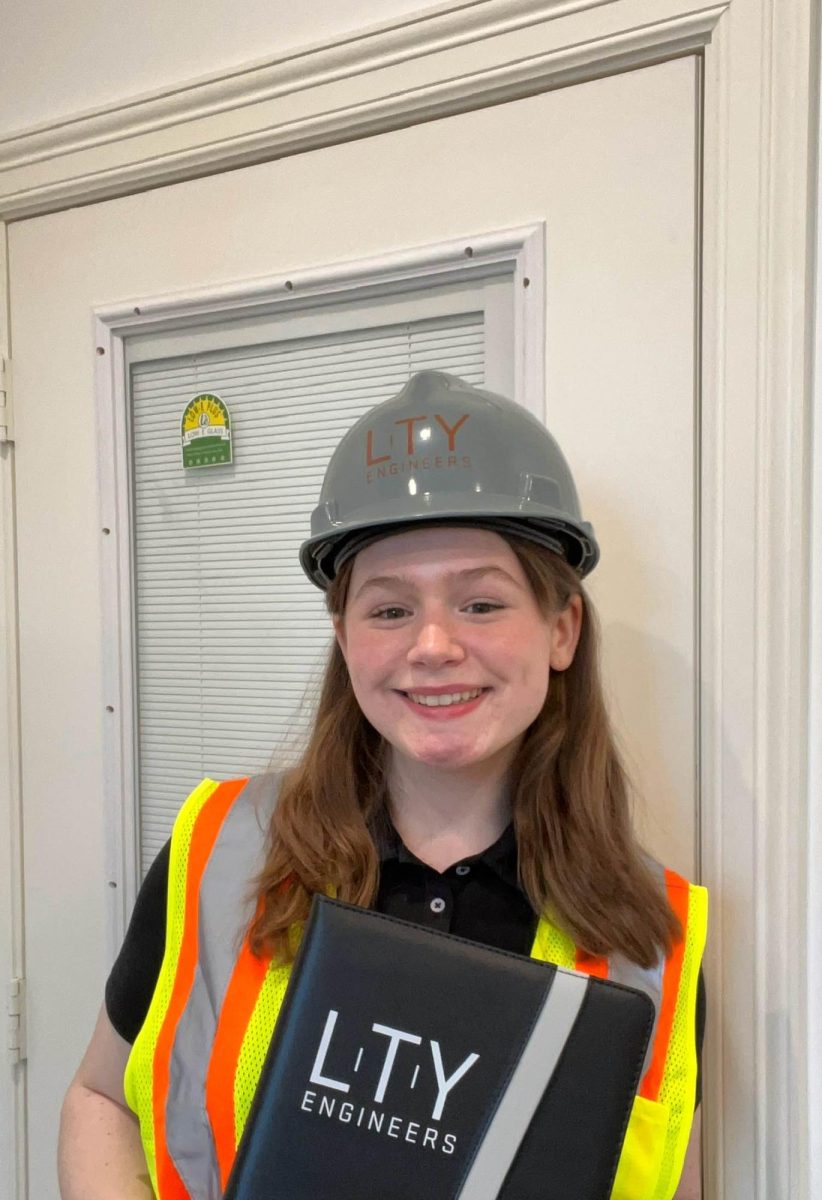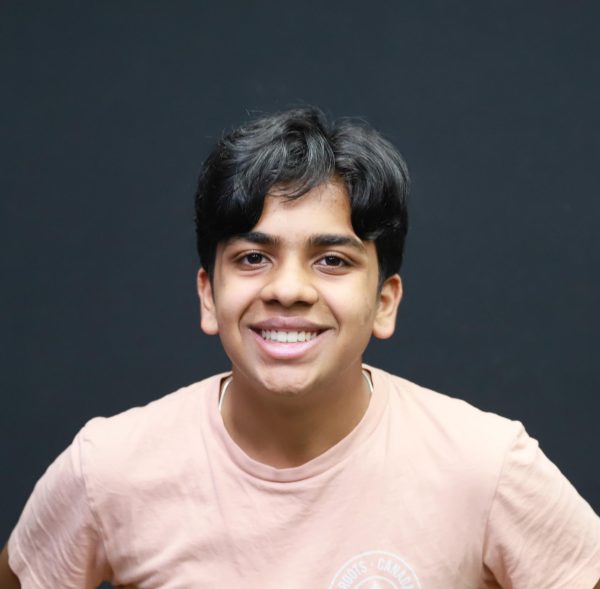Picture summertime: children and their friends are frolicking in the hot sun, visiting parks, beaches, and pools in their endless free time. Now, imagine the complete opposite–a summer break spent in the office or in a lab, engaging in an internship for hours on end every day. This experience may not seem the most enjoyable, but internships are an enriching and often quite fun way to spend one’s holidays. Experimenting with careers as a high schooler is an increasingly popular route being taken by students at Seven Lakes.
Senior Holly Racicot interned at an engineering consulting firm that focused on mechanical, electrical, and plumbing engineering for public education buildings. She explored the electrical engineering behind designing buildings, and had the opportunity to visit some of the company’s active job sites and oversee site visit reports.
“My internship focused on electrical engineering, so I spent most of my time modeling power and lighting plans, working with things like receptacles, large kitchen appliances, and large classroom devices like TVs or SMART boards,” Racicot said. “Additionally, I had to create schedules (essentially spreadsheets) indicating the demand of each circuit on the panels they were connected to. Toward the end of my internship, I had to design a building in its entirety (architecture, plumbing, HVAC, electrical, etc.) to present to the principals of the company.”
Another field in which internships are common is medicine; junior Maya Vishwanath worked with vaccines and diseases in the Baylor College of Medicine’s School of Tropical Medicine.
“I did a lot of this procedure called SDS-PAGE which sorts protein by the protein size and purity; it’s used a lot to test the quality of the protein in your vaccine,” Vishwanath said. “I also got to culture cells, which, to me, was the coolest part. You would start with one tiny plate that could fit in your hand. Then you would expand it to like 30 like tanks of cells, which was crazy. You make the cells and you grow them so you can extract the needed protein.”
Obtaining such internships can often require an intense period of sending emails and getting forms signed and notarized, as was the case for Vishwanath, but the real challenge always starts with the internship itself. Sometimes, productive internships can be just a few hours a day, like in junior Anushka Mathur’s internship this summer.
“It was only around a three hour program, like nine to 12,” Mathur said. “So I got up at nine and I went to the lab. It was at UT, Austin, so I was able to actually go into the facilities and work there. We had daily procedures; we were doing a lot of PCR cycles, so that took a while. We would clean our lab, get set up, get our materials, and start doing our work.”
Other times, internships can present the workload and time commitment of a typical nine-to-five job, which can lead to time management issues for high school students who have other daily activities. Vishwanath’s internship had flexible hours, but she would often come home past 7pm.
“I was also signed up for a lot of classes; I was doing art at the Museum of Fine Arts, and I had projects that I needed to finish for that,” Vishwanath said. “Another really big thing was KVS, because I signed up for 2 KVS classes and managing them was difficult. I would come back being super tired, especially because after my internship I was kind of running around all over the place. I was in Houston but wasn’t really able to hang out with my friends, which is one of the things that you’re supposed to do during the summer that you can’t really do during the school year. So when I came back to school, I didn’t really feel recharged.”
Students often have no insight into how the daily life of a working adult might be, but internships are a great way to experience this early on.
“I had some really short days where I would just come in at nine and I would leave before lunch and I had some really long days where I would come in at nine and I wouldn’t leave till like 7pm; my hours were pretty flexible,” Vishwanath said. “Typically like before lunch, I would just update my lab notebook. And then any procedure where you’re waiting on something, I usually tried to get the first half done in the morning; then I got lunch, and when I came back it would be done. And then in the evening I would do a lot of cell stuff mainly because after you eat, you want to be awake and alert because one mistake with cell development and your whole colony dies and you have to start over.”
On that note, internships are a means by which students can get accustomed to work life while also learning about their career path. Through her internship, Racicot was able to re-affirm her interest in electrical engineering, learn about the process of getting a professional engineering license, and experience an office setting.
“Going into my internship, I was opposed to working in a traditional office environment, concerned that it would inhibit my ability to collaborate and interact with people at work,” Racicot said. “This experience quelled that concern significantly. Daily conversations ranged from the best coffee flavor in the break room to the possible existence of aliens. Additionally, I learned from, taught, and learned with my fellow intern throughout the process, which stifled my concern about the lack of collaboration. Overall, my experience made me much more excited for my future in electrical engineering, whether that be in technology, consulting, or otherwise.”
Internships can also provide clarity for students who don’t know what they want to pursue in college and in their careers, which is especially important for juniors and seniors preparing for college applications.
“Well, before I got into the internship, I wasn’t sure about whether I wanted to be a doctor or whether I wanted to go into research and I was a little unsure about the process of medical school,” Vishwanath said. “Getting to experience that and really seeing the day-to-day life of, for example, doctors, and how they worked was beneficial. I got to work with people with MD PhDs, which made me realize that that’s what I wanted to do. I talked to a doctor, Jill Weatherhead, who solidified the idea in my mind.”



